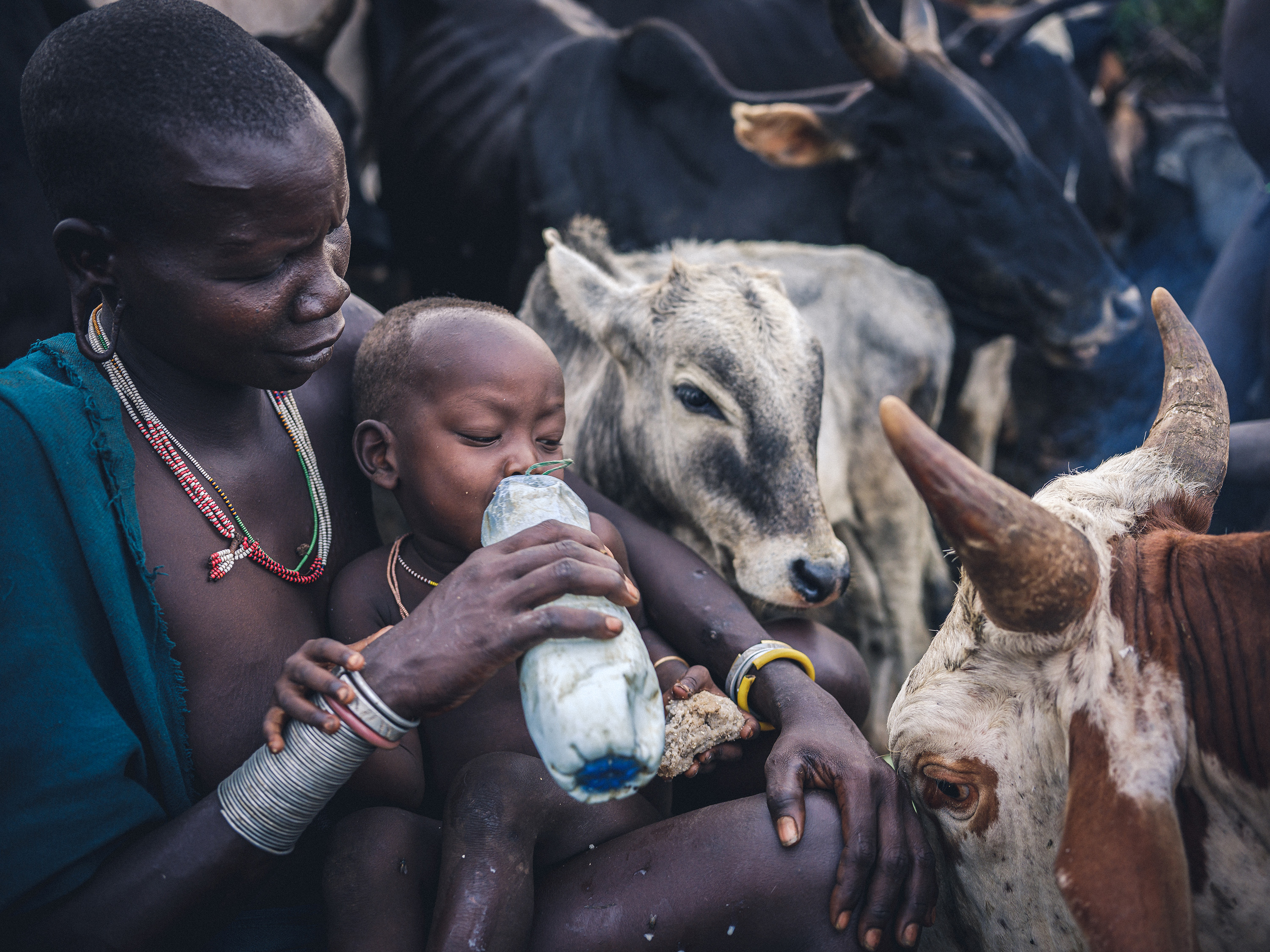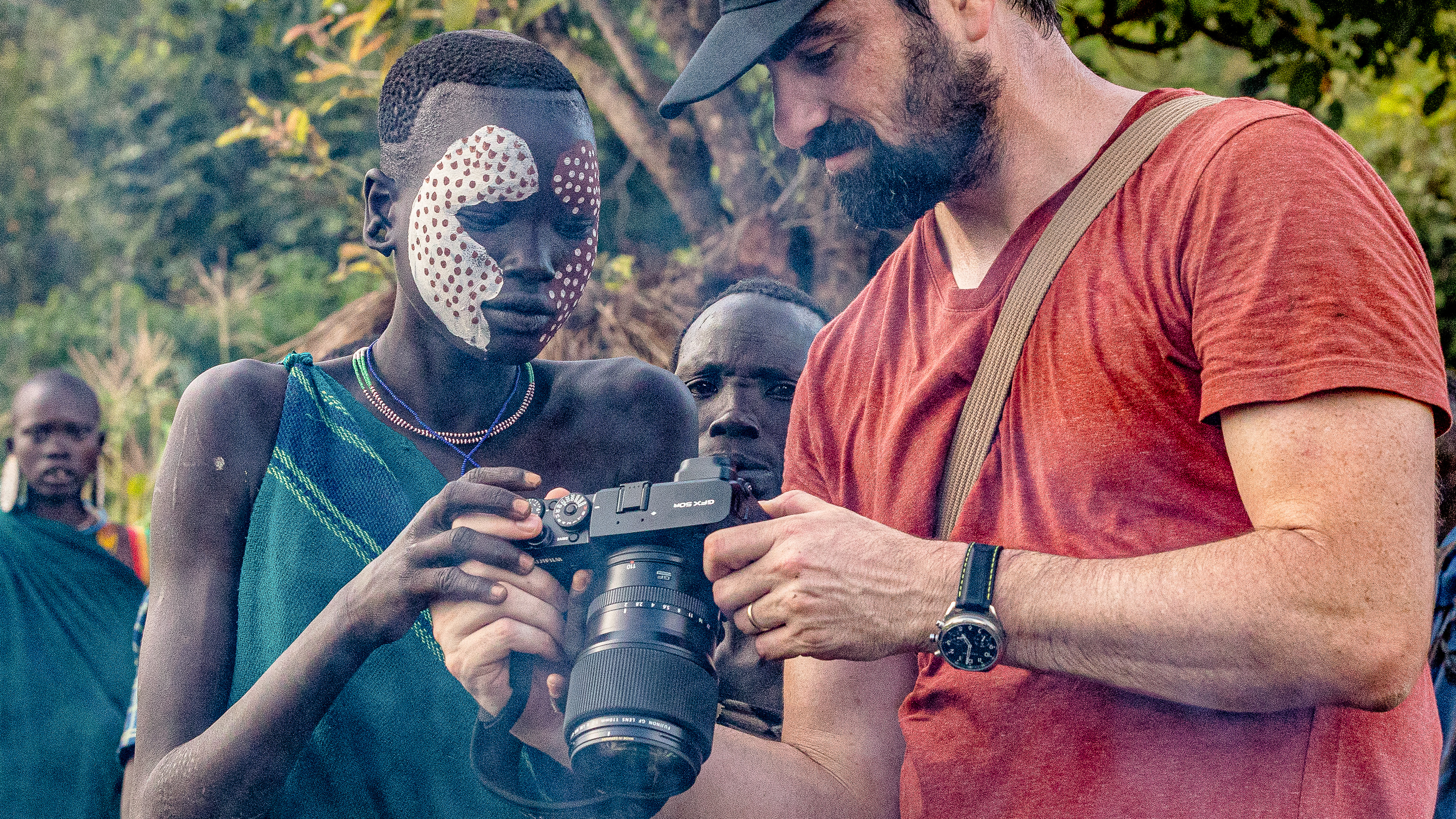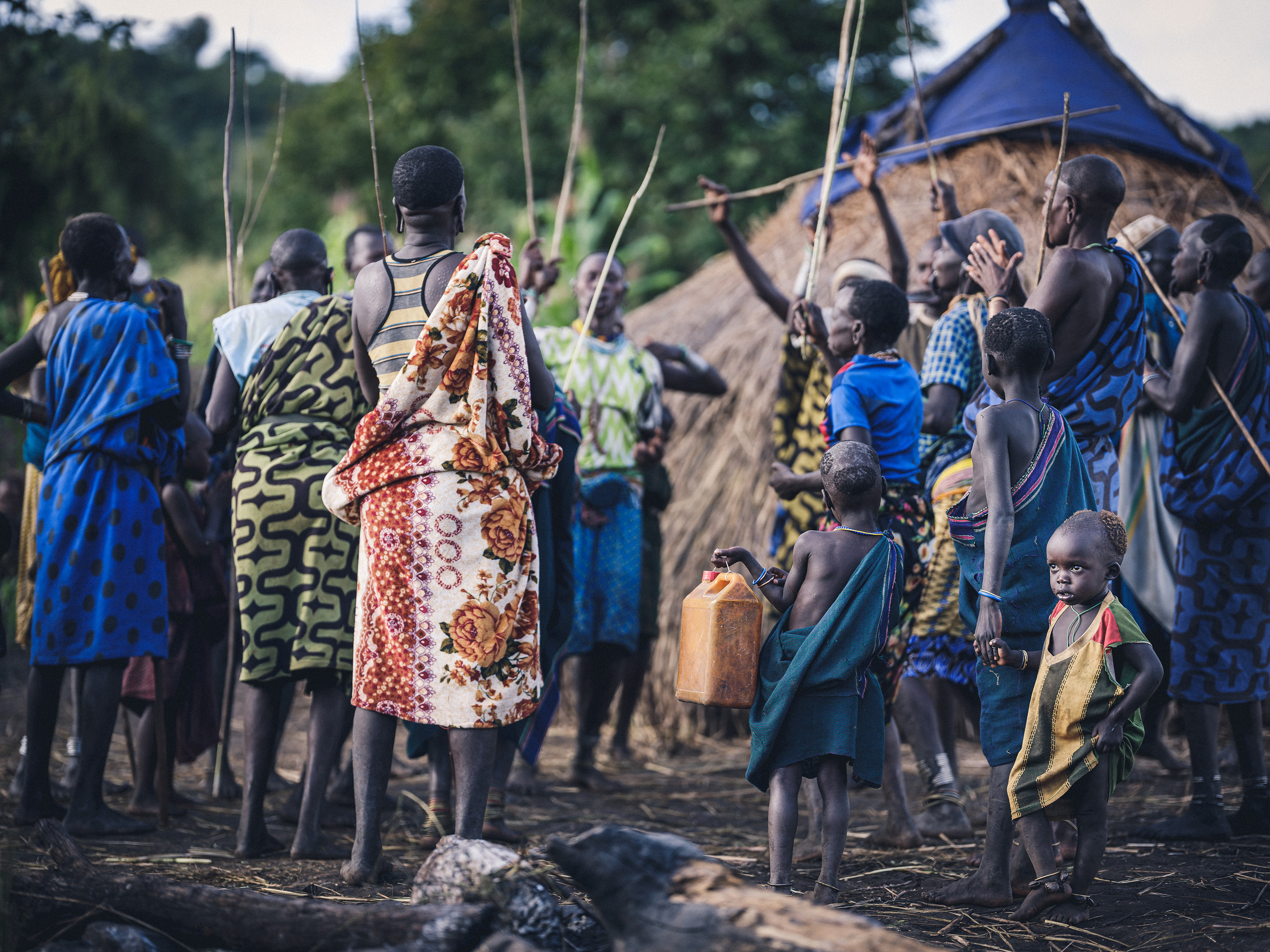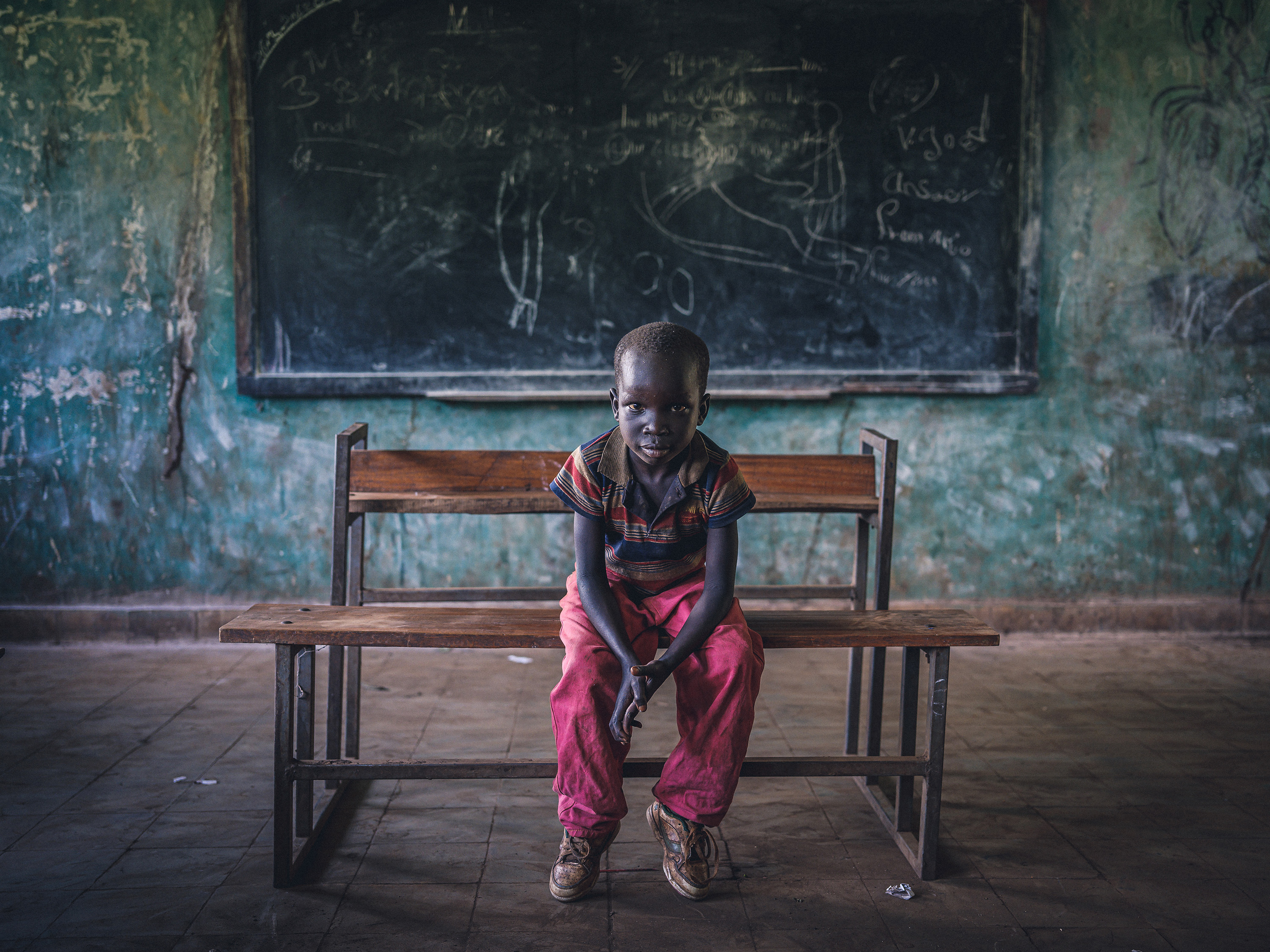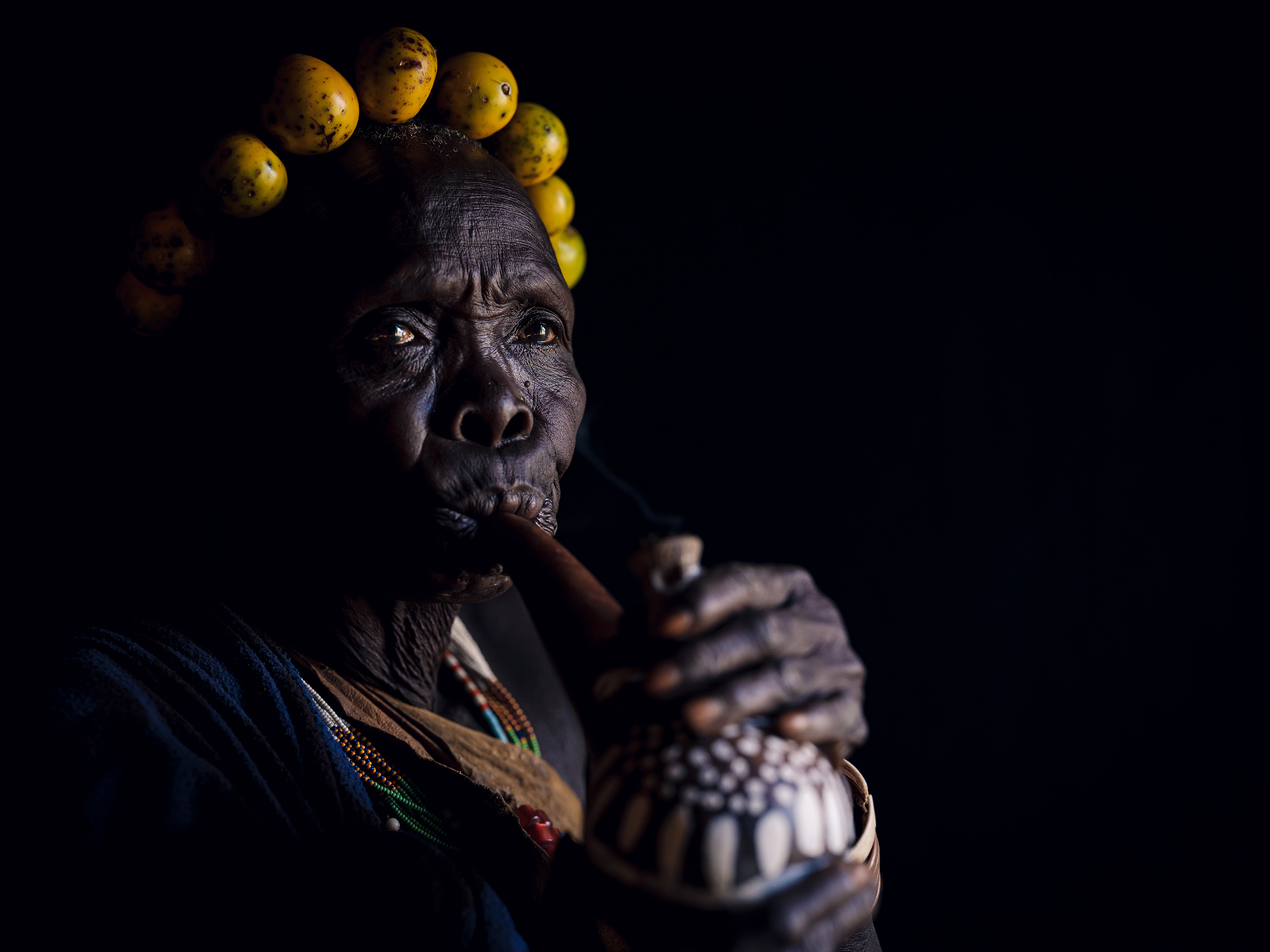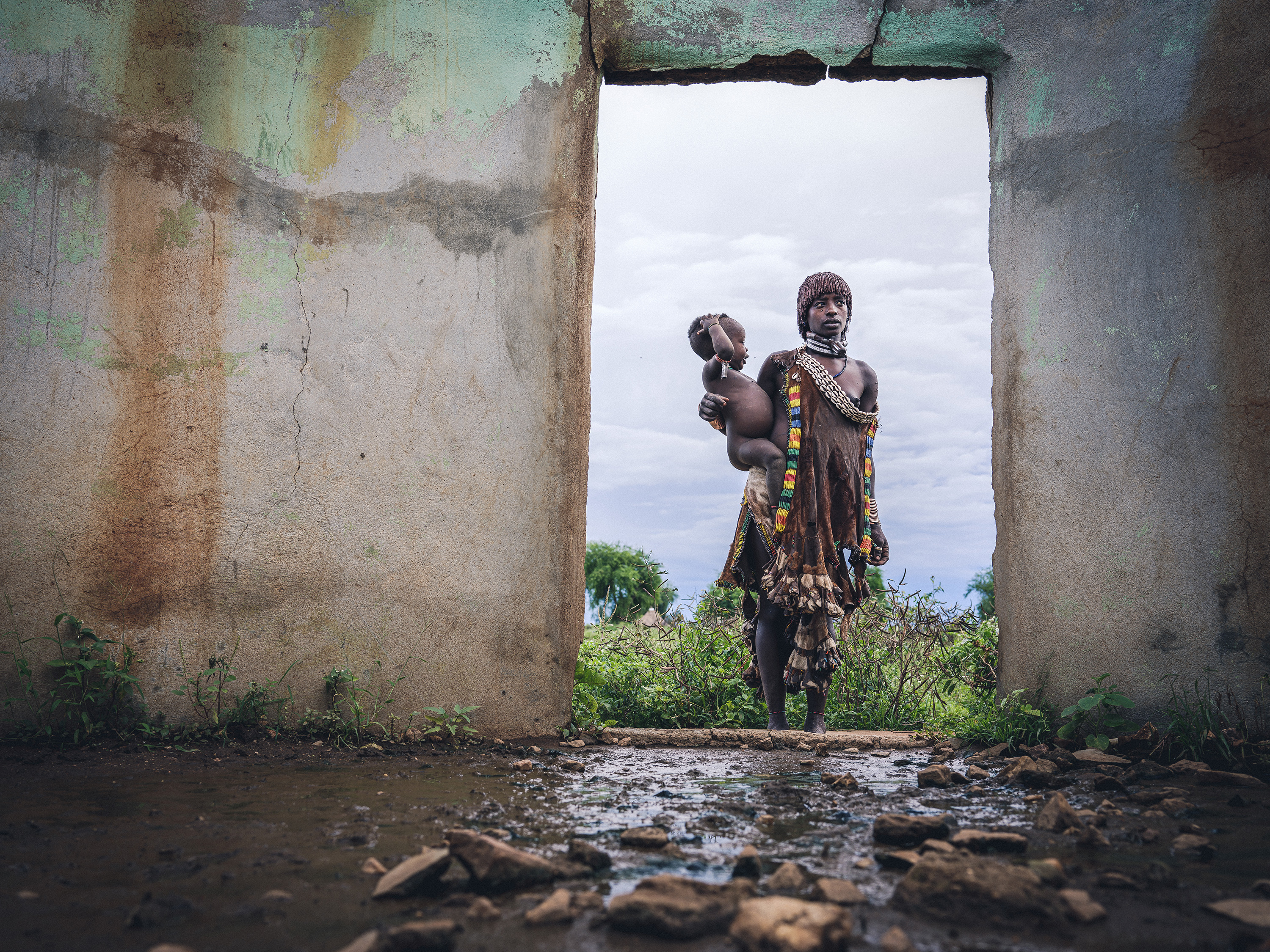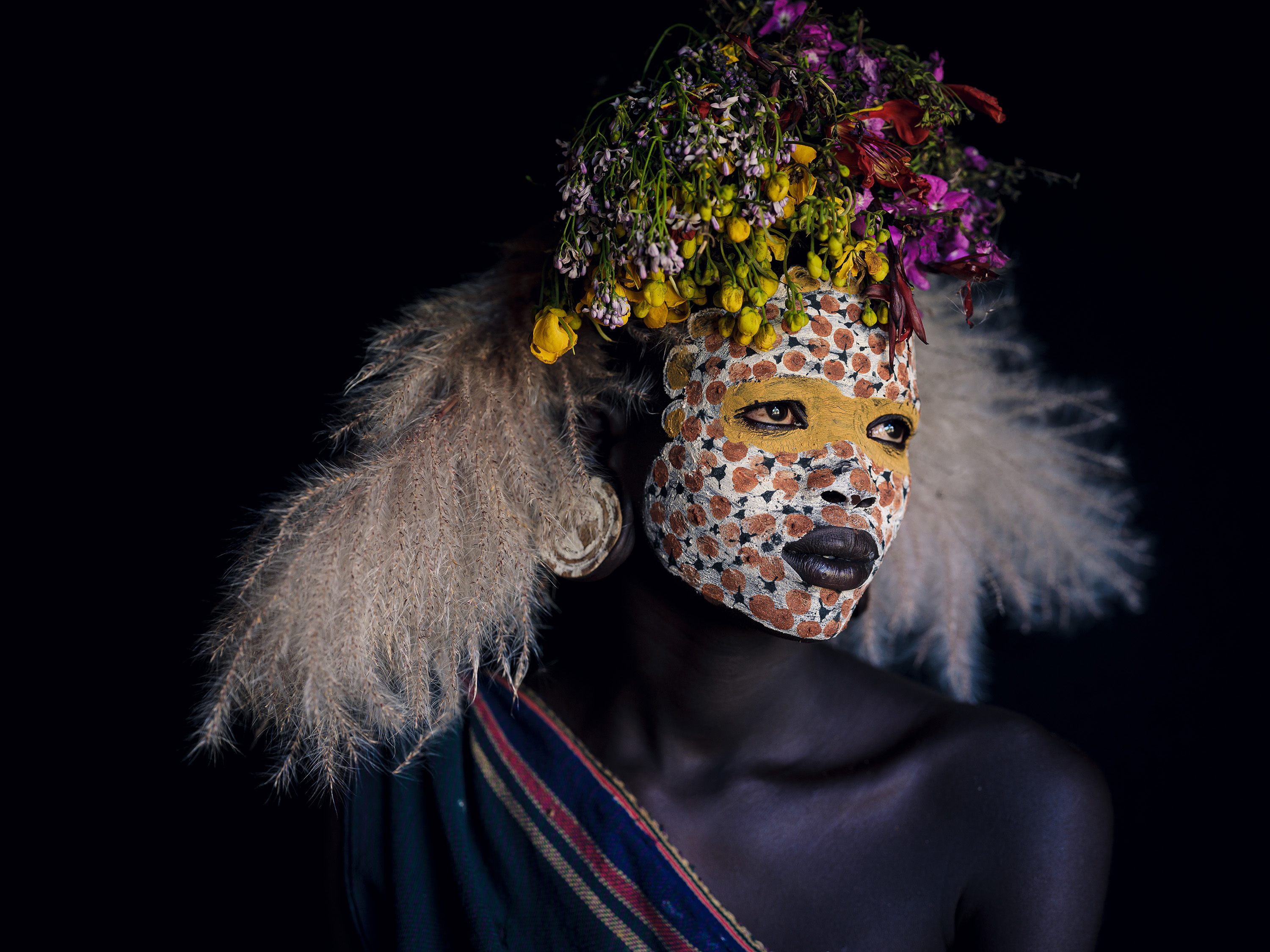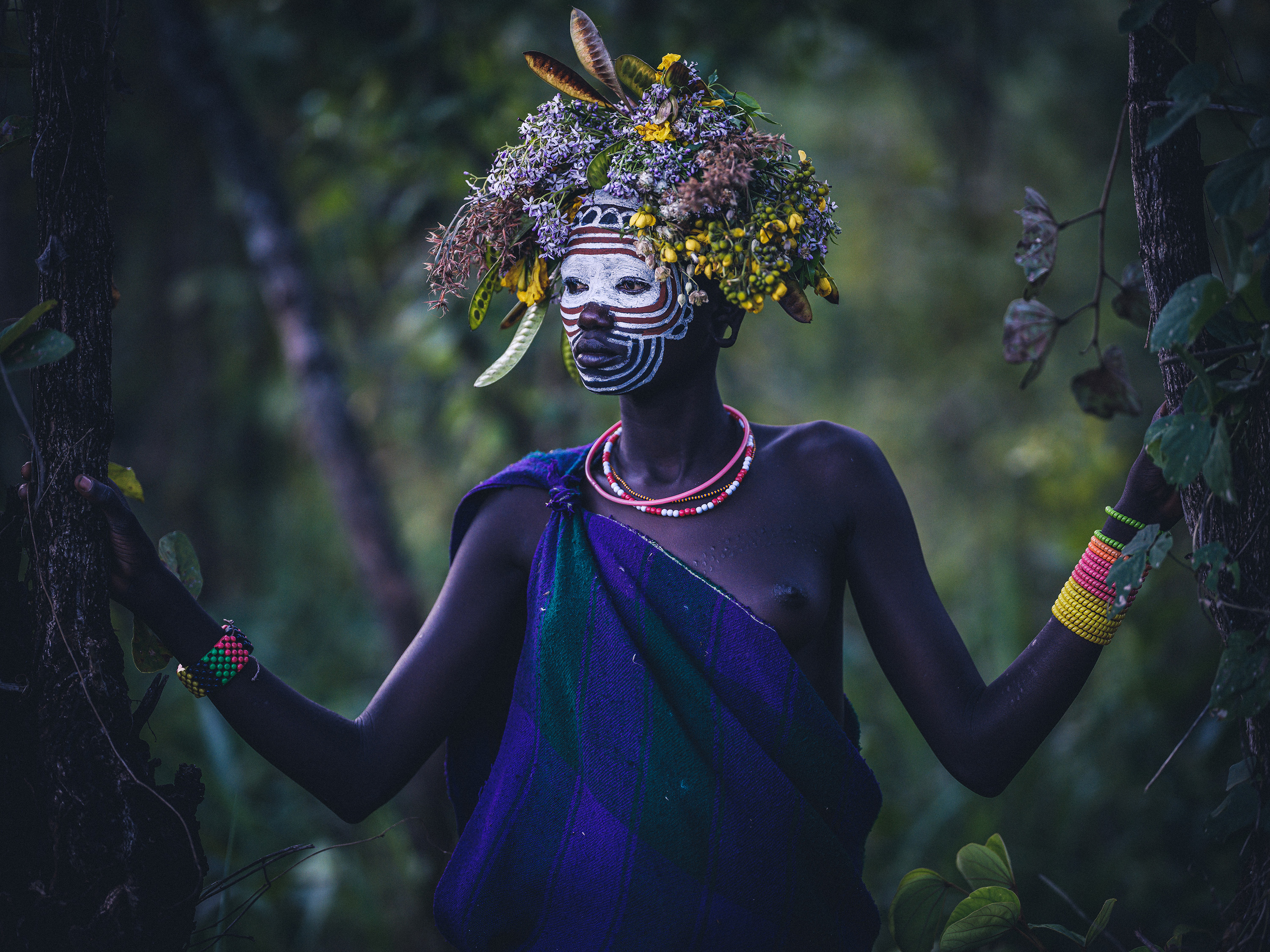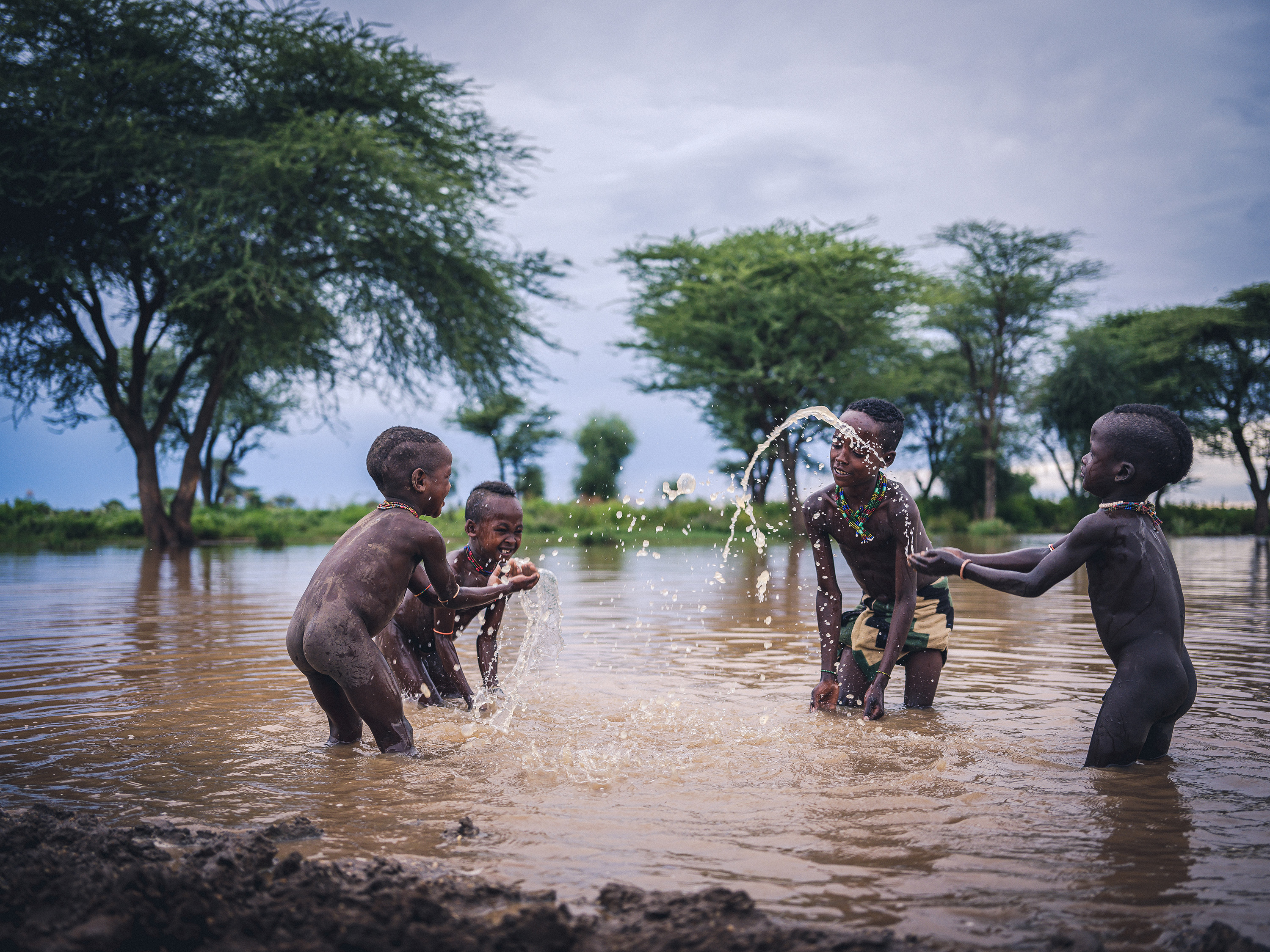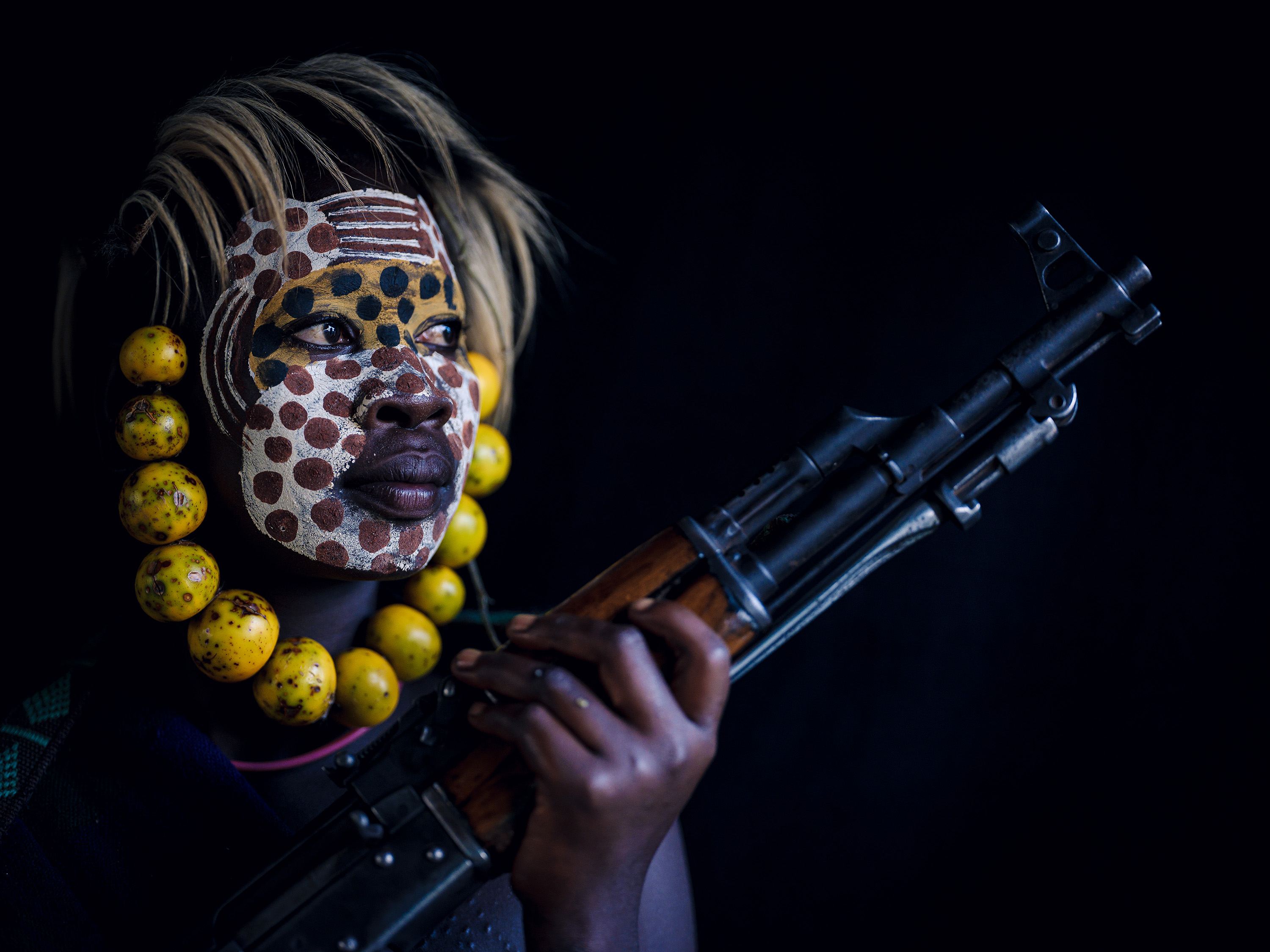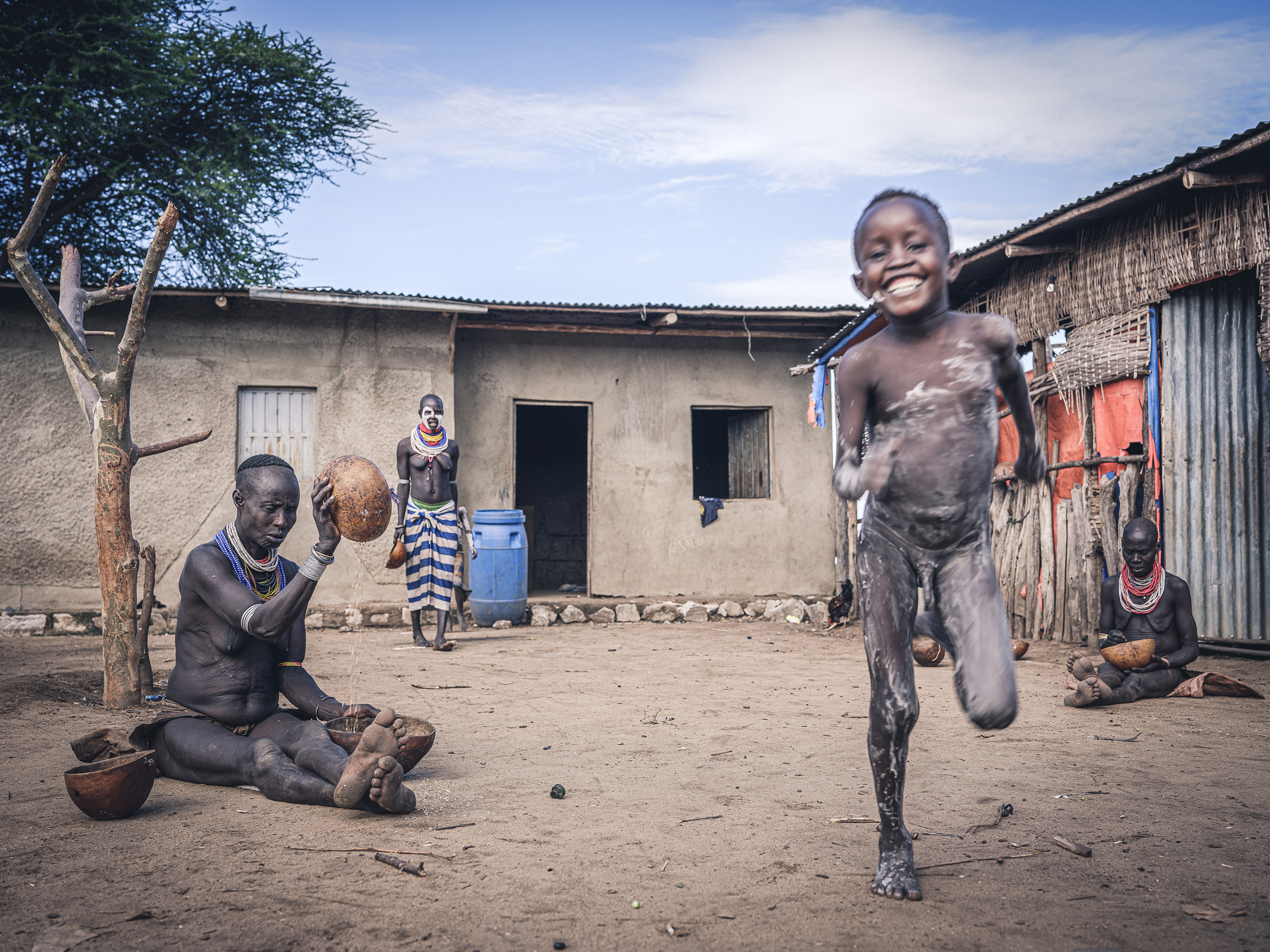Travel photography with a Fujifilm GFX 50R
Yoni Blau took his new Fujifilm GFX 50R medium format camera on an amazing trip to Ethiopia's Omo Valley
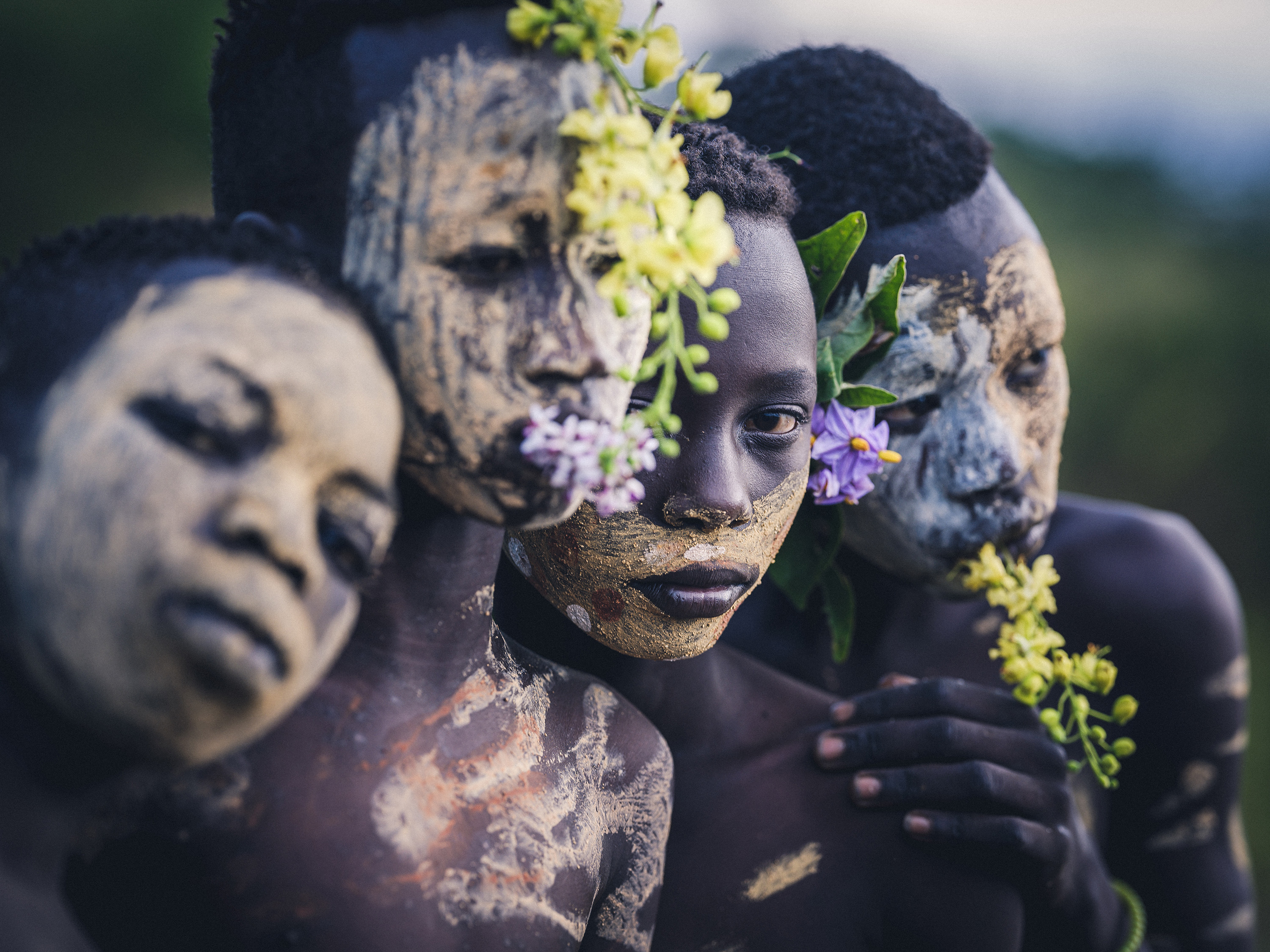
Israeli travel enthusiast Yoni Blau usually takes his Fujifilm X100 compact camera when he goes off on vacation. But for a recent expedition to Ethiopia, to photograph the tribes of the Omo Valley, he decided to use a much larger camera – the Fujifilm GFX 50R medium format . Here he recounts his experiences, and shares his beautiful images of this amazing location…
'It took 3 days of travel from Addis Ababa to reach the Omo. First, we flew to Jimma and from there, we continued by car,' Yoni explains. "Moving from cities, to towns, to villages, to…nowhere. On the final day of driving, we soon saw the last of paved roads. We chugged along on improvised dirt paths, obstructed by cow herds and muddy river streams. Our destination? Deep in the jungle with the Suri village spiraling a web around us in all directions.
'“Prepare yourselves", our guide, Marius had warned us when we left Addis Ababa. "It is going to be raw, raw, raw!". I knew what he meant by “raw”. We would be living rough, in a makeshift, temporary camp with no electricity, no running water, and no connectivity. But “raw” has another side too. Spending time in a genuinely untouched environment, far from our civilization, in a place that is out of reach and unseen by most people on the planet.
'And now, here we were, living amongst the Suri people in the Omo Valley, experiencing their way of life, immersed in their daily routine. Discovering what raw really means.
'The minute we arrived at the camp, Marius gave us some hopeful news. “There’s a wedding in the village today. I’ve been coming here for 9 years and I’ve never seen a Suri wedding and neither has our local guide.” “We’ll try to get permission from the chief to join in and photograph,” he said.
'Half an hour later, after getting the official thumbs up, we were making our way through the bushes on a goat trail headed towards the sounds of festivity. Women and children were dancing and singing for hours (maybe even days), while the men sat under an adjacent tree, watching. It was a genuine celebration of life and joy. Next day, there was a funeral thirty meters from our camp. Crying and mourning continued on into the night.
'In the Omo Valley, it feels as if time has no meaning. Days, months, seasons and years are irrelevant in this timeless corner of the world. Same goes for the concept of money, or the modern angst that comes with intellectual pursuit of the meaning of life and death. Here, it’s about life’s essentials. It’s about freedom and bare necessities. About being satisfied, joyful and surrounded by loved ones.
The best camera deals, reviews, product advice, and unmissable photography news, direct to your inbox!
'When we visited the eastern side of the Omo Valley, home to the Hammer, Karo, Dassanech and Mursi tribes, we saw clearly the impact of infrastructure, access to roads and tourism on the area. While the way of life is undeniably still very “raw” and untouched, we could sense that the minds and souls of the people had indeed been affected by the newer transplant of western ideologies and concepts.
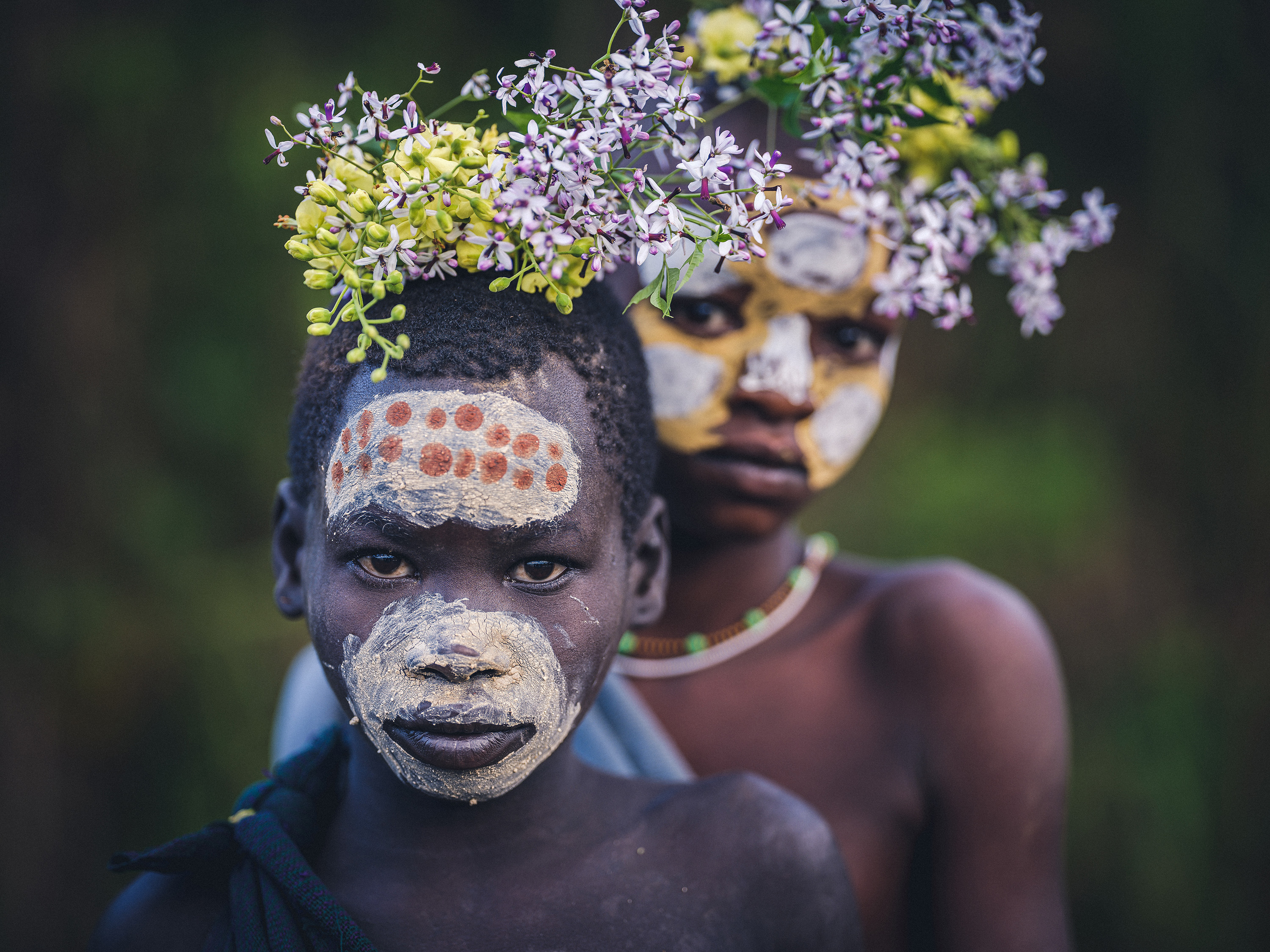
'For my trip, I decided to purchase and bring the Fujifilm GFX 50R along with a GF 45mm f/2.8 R WR wide-angle prime and a GF 110mm f/2 R WR portrait lens, using it as my main camera and lens set. I also brought the Fujifilm X-T2 and the XF 16-55mm as a backup camera. One thing for certain, I missed my X-T2 during the trip. The GF system is not quick to focus, nor quick to shoot, and occasionally has issues focusing. It’s also quite hefty and bulky in comparison to the X-T2.
'Don’t get me wrong; the camera is very light and portable in relation to its sensor size, and there is something very familiar about the dials and interface. It didn’t take me more than an hour to get very comfortable with the camera. It’s also super durable and rugged, and suits a rough, outdoor environment such as this one. I can’t say that I experienced any dramatic dust or water episodes, but I’m certain it can withstand harsh conditions just as well – if not better – than its APS-C cousins.
'The GF system certainly makes you work harder for the images. Yet, when you finally take the shot and look at the outcome at the EVF, it makes it all worth it. The detail, the sharpness and the color rendition, not to mention that creamy bokeh and improved separation of the subjects. Nothing short of stunning.
'I kept recalling my 2-month trip to China back in 2012, when I decided to leave my DSLR and lenses at home and only travel with the Fujifilm X100. It was slow and limited and made me work hard. But the sharpness and color rendered by that 23mm fixed lens were priceless, not to mention the form factor.
'There is some magic going on with Fujifilm in general; a definite sense of going back-to-your-roots when using their gear. You get a distinct feeling of being totally present and in touch as you interact with the surroundings. There’s something rather raw about it, in fact. Rather like the Omo'.
See more of Yoni Blau's photography
Read more:
